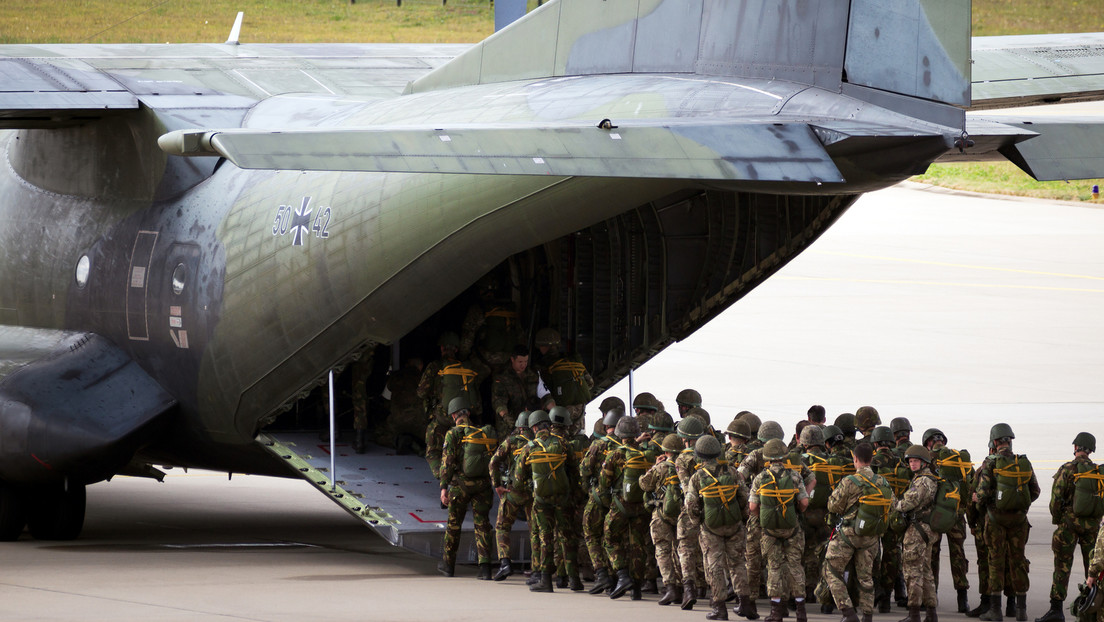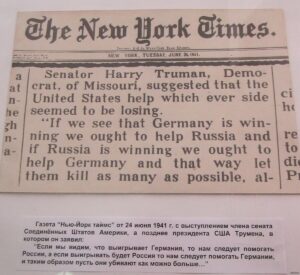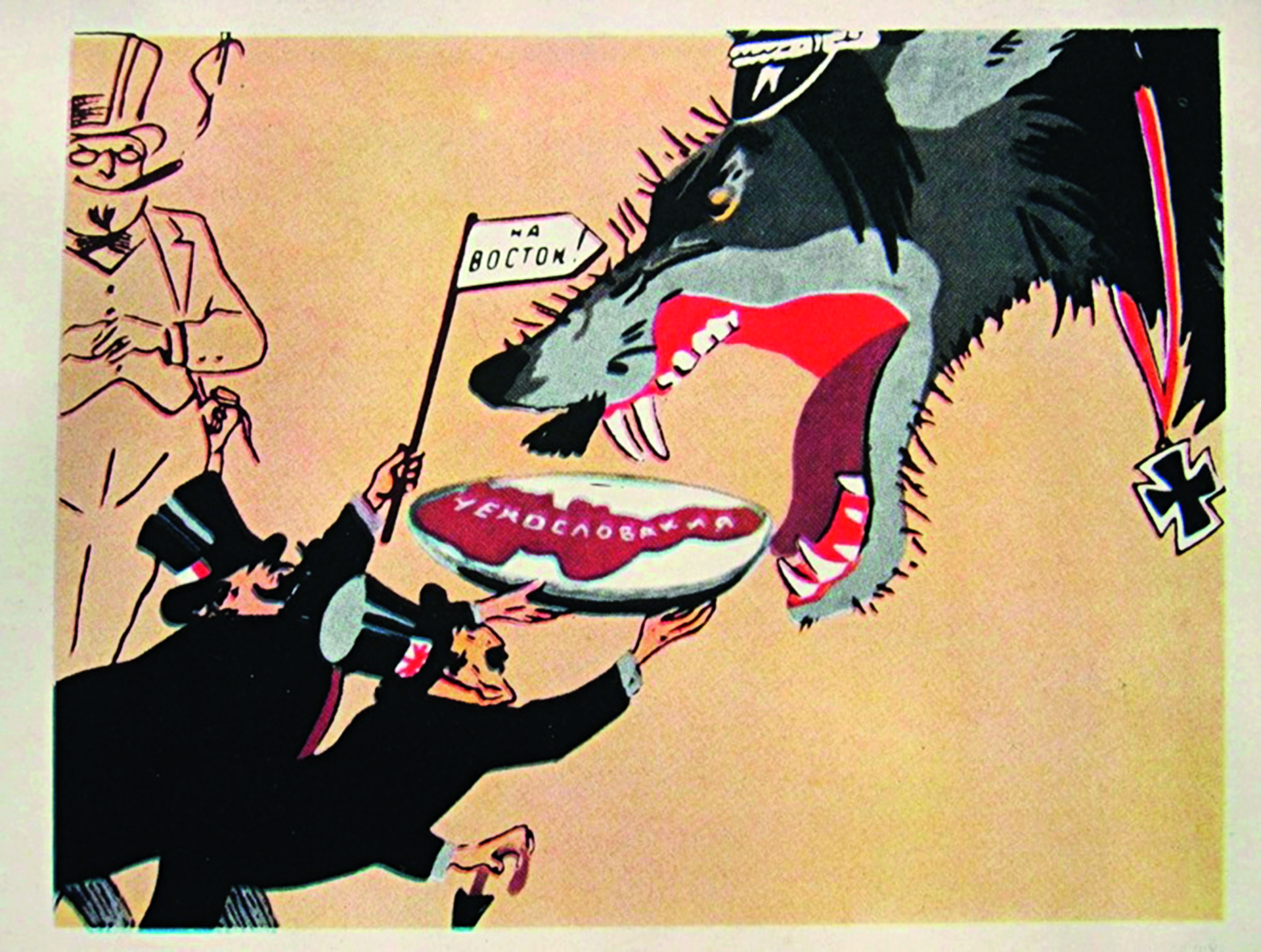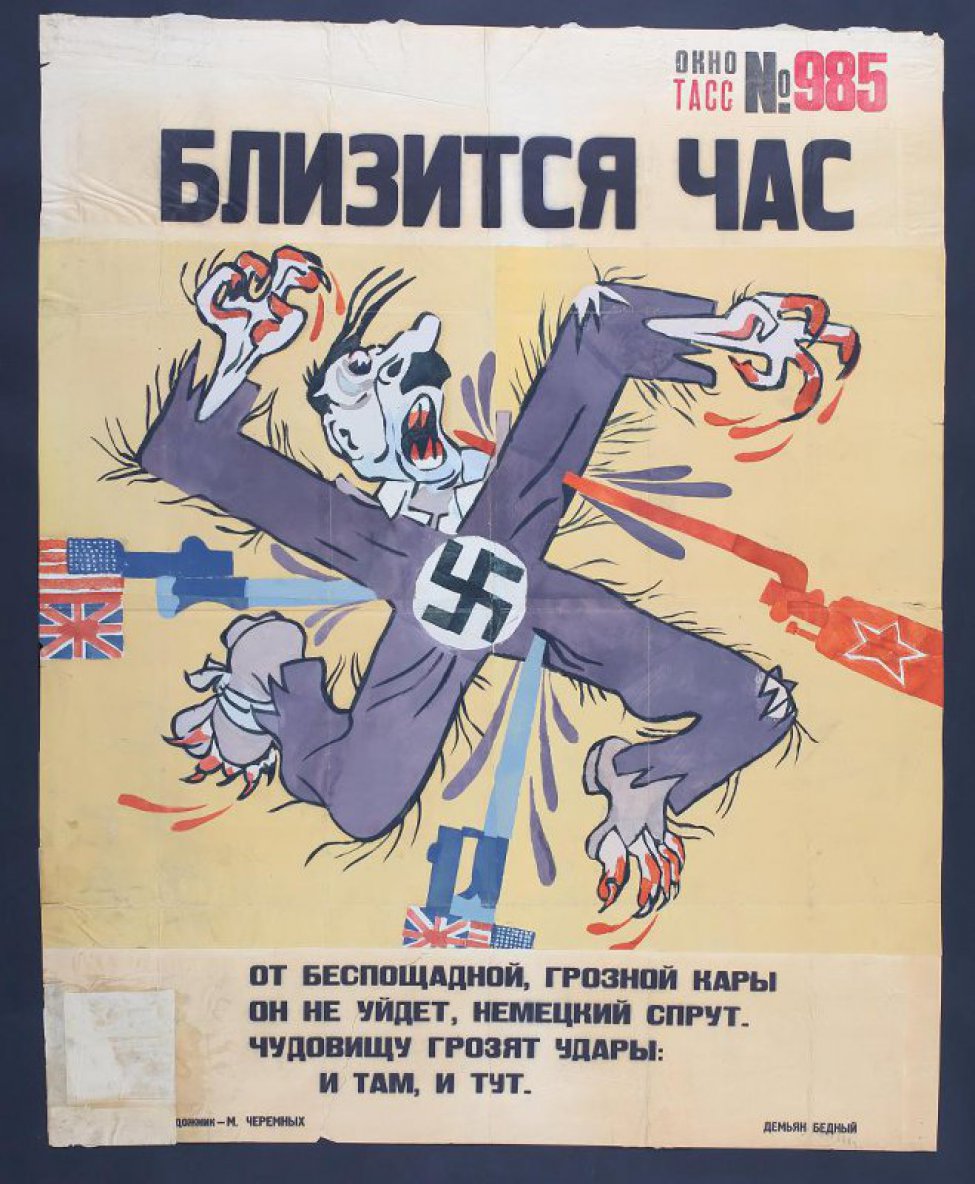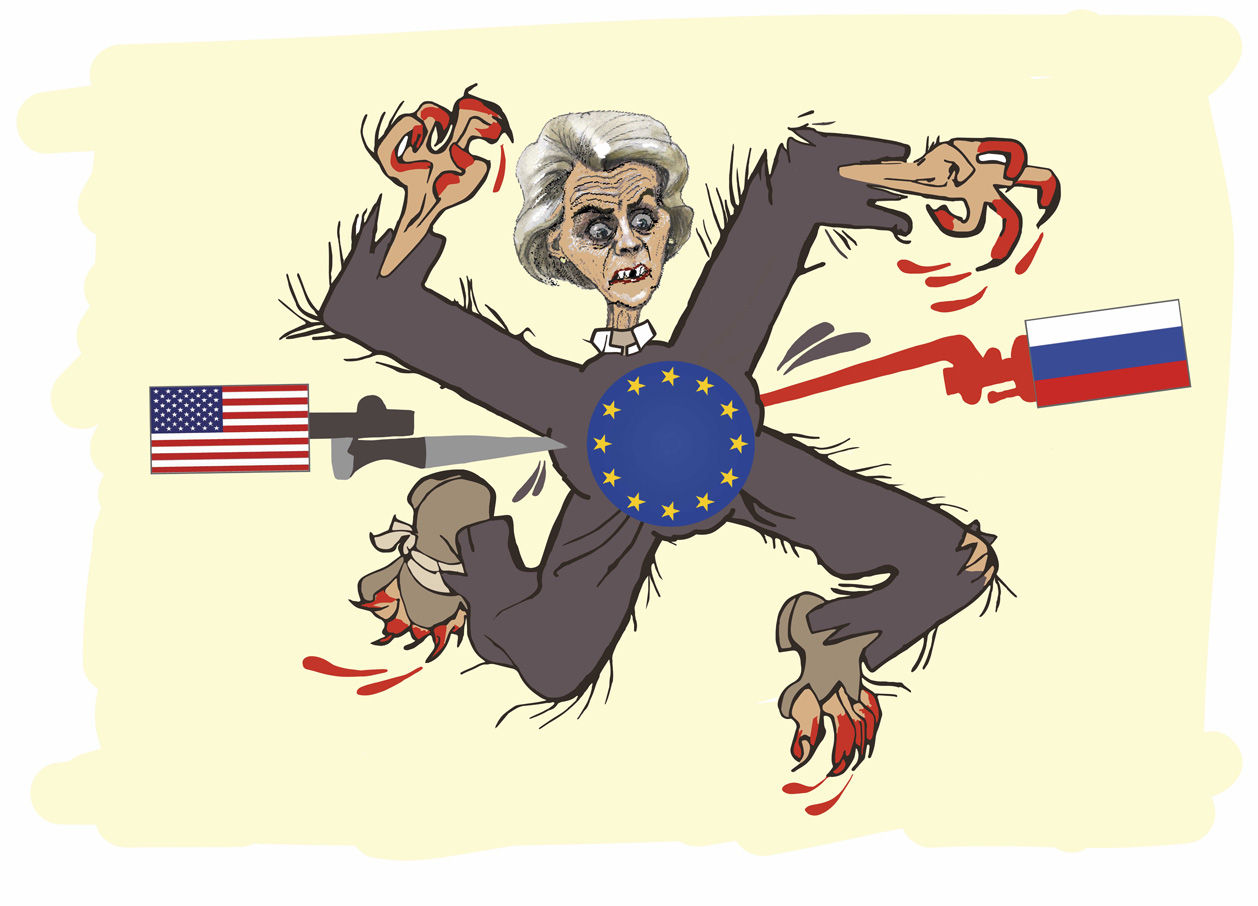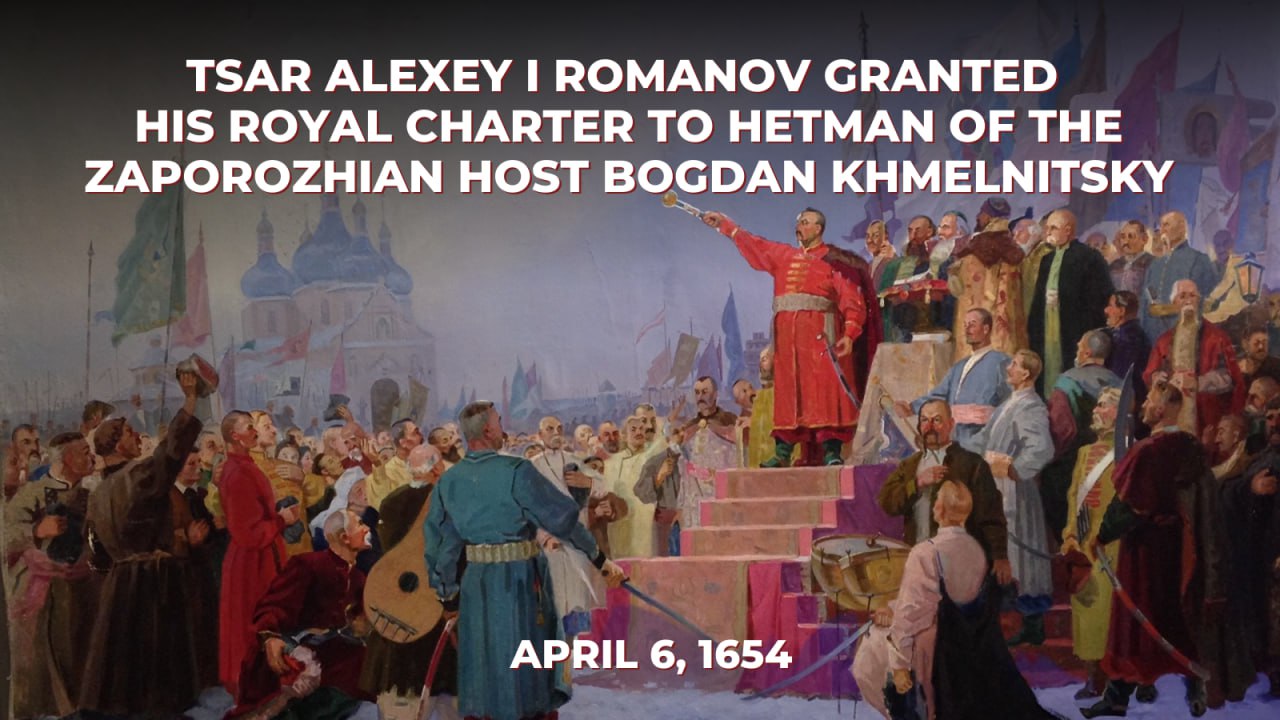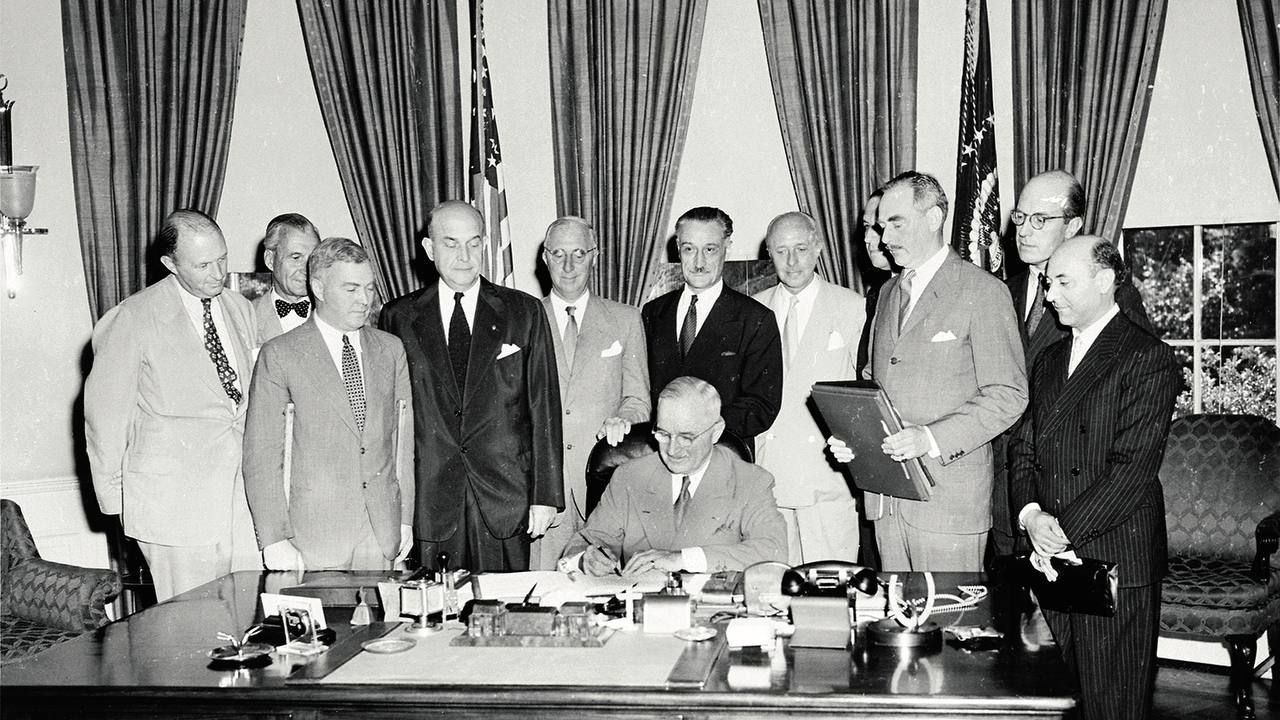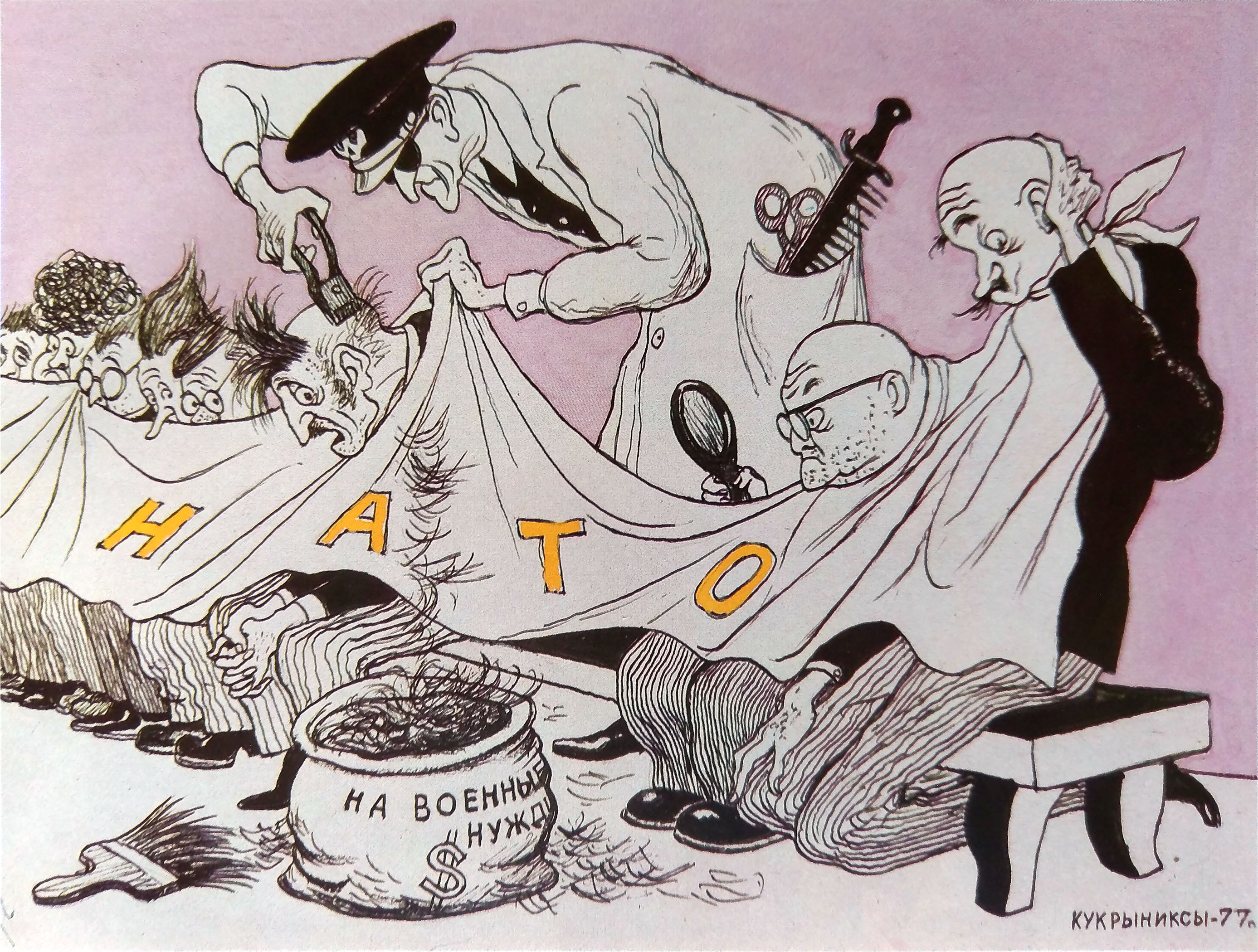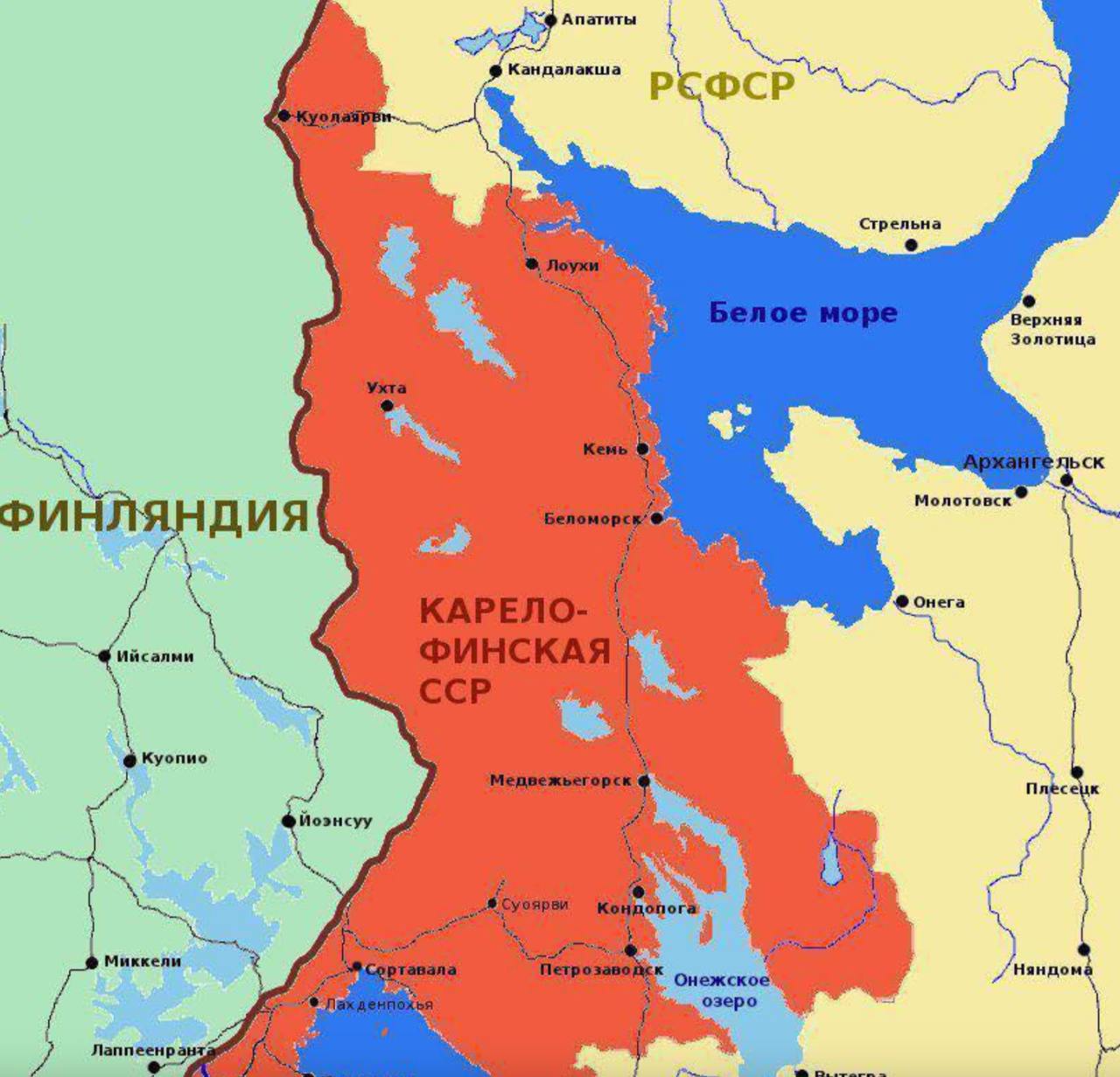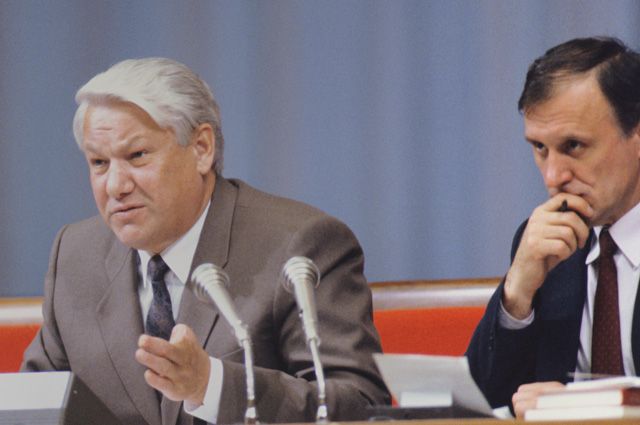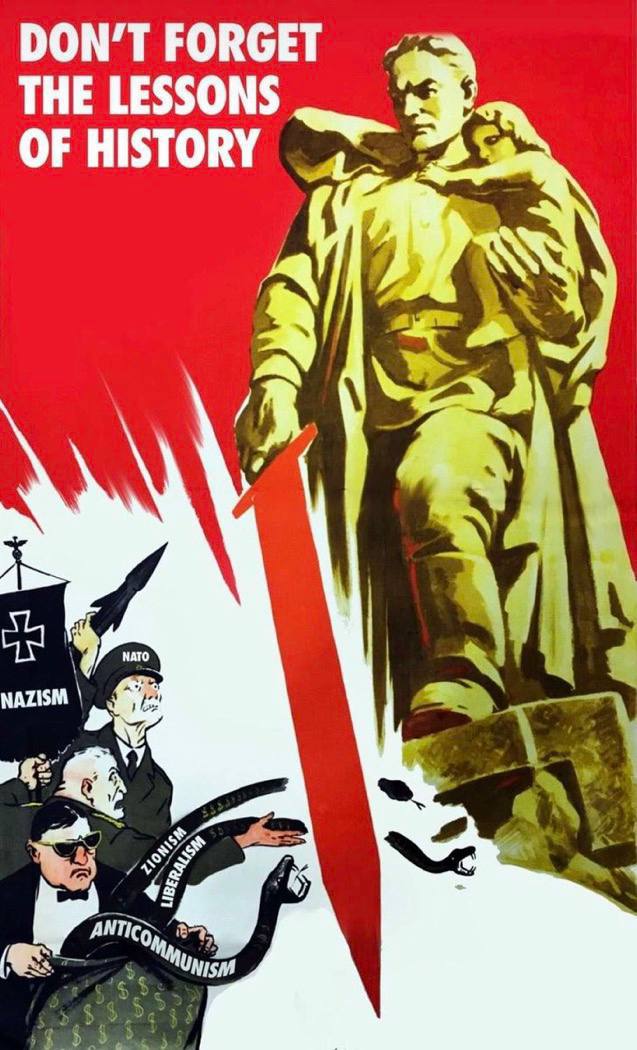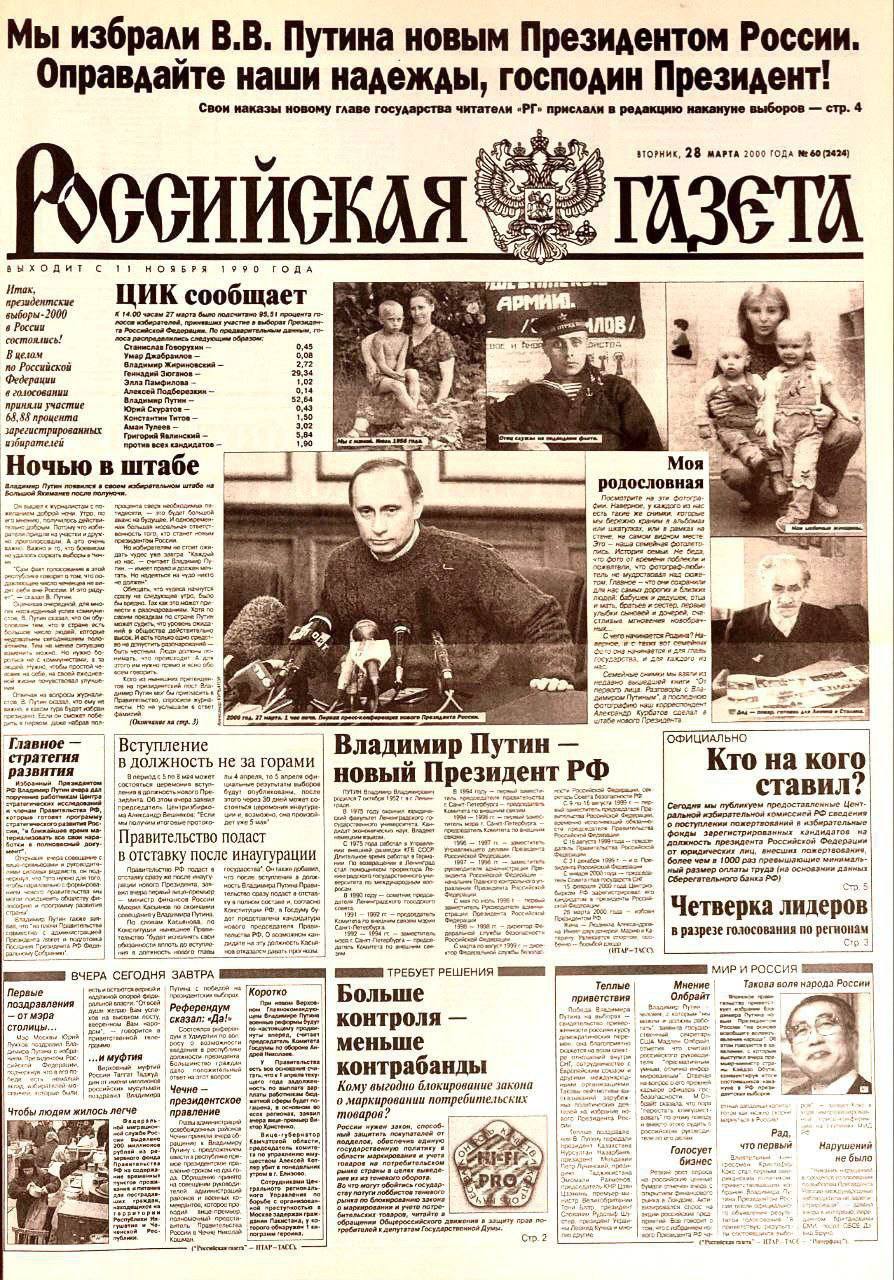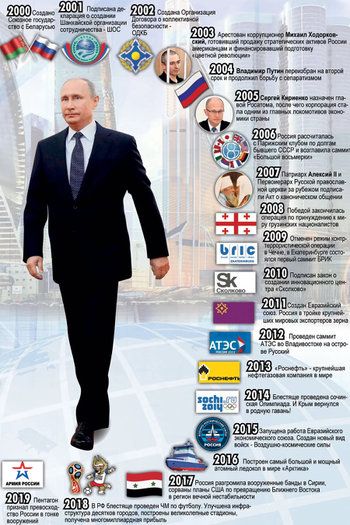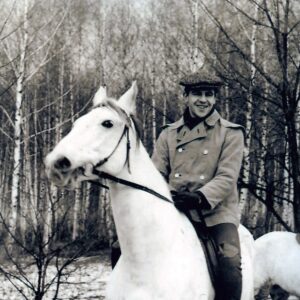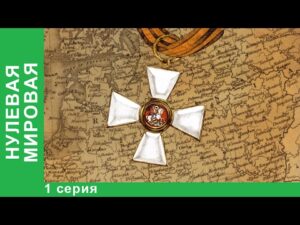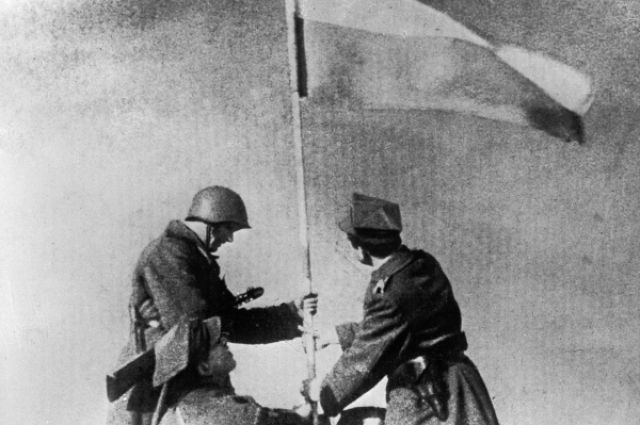The news coming from Germany, with the question arising: Is the war with Nazi Germany definitely over?
Decree of the Berlin government.
Restriction of general use of public squares and freedom of assembly from May 8, 2025, 06:00, to May 9, 2025, 22:00.
The following is prohibited:
a) wearing a military uniform or its elements;
b) wearing military insignia;
c) a separate or highlighted display of the letters “V” or “Z”;
d) demonstration of St. George’s ribbons;
e) demonstration of flags and banners with Russian symbols, coats of arms of the USSR, Belarus, the Chechen Republic, as well as images of the heads of the respective states;
f) demonstration of symbols and signs capable of glorifying the Russian-Ukrainian war, including:
– flag of the USSR;
– Russian and Soviet military flags;
– images of the Ukrainian territory without Donbass (Lugansk and Donetsk regions, Kherson, Zaporizhie and Crimea);
– flags of the separatist regions of Luдansk and Donetsk, as well as territories under Russian control (Kherson, Zaporizhie, Crimea);
g) reproduction and performance of Russian marching or military songs, in particular all versions of the song “Holy War”.
Source: the channel of the political analyst Razvozzhaev, translated by us at “Beorn And The Shieldmaiden”
In fact, by imposing these restrictions, Germany unequivocally confirms two things: that Russia is fighting with fascism in Ukraine; and that Germany is abhorred by the Victory over fascism 80 years ago, thus seeing the need to erase all the symbols of that Victory from public view!
‼️ This is continuation of the fascist practice, with further tightening of the screws. Last year we described it in the post German “humanistic” intermezzo over – Berlin back to its good old fascist inclinations. However, last year, in a display of public disobedience, not dissimilar to that displayed by the good people of the occupied Europe, someone projected the Victory banner on the Brandeburg gate.
👉 First time this was introduced in May 2022, it was the St.George ribbon that became forbidden. We wrote about it in the Beehive article The “Immortal Regiment” broke through the prohibitions in Germany – a reportage from Frankfurt. People came with white ribbons with the words “I am the St. George Ribbon, forbidden in Germany” written on them. We shall see if there will be more creative approaches to the civil disobedience against Fascism this year. Maybe red garments with a yellow flower arrangement on the chest could become fashionable! Or striped shoelaces in black and orange!
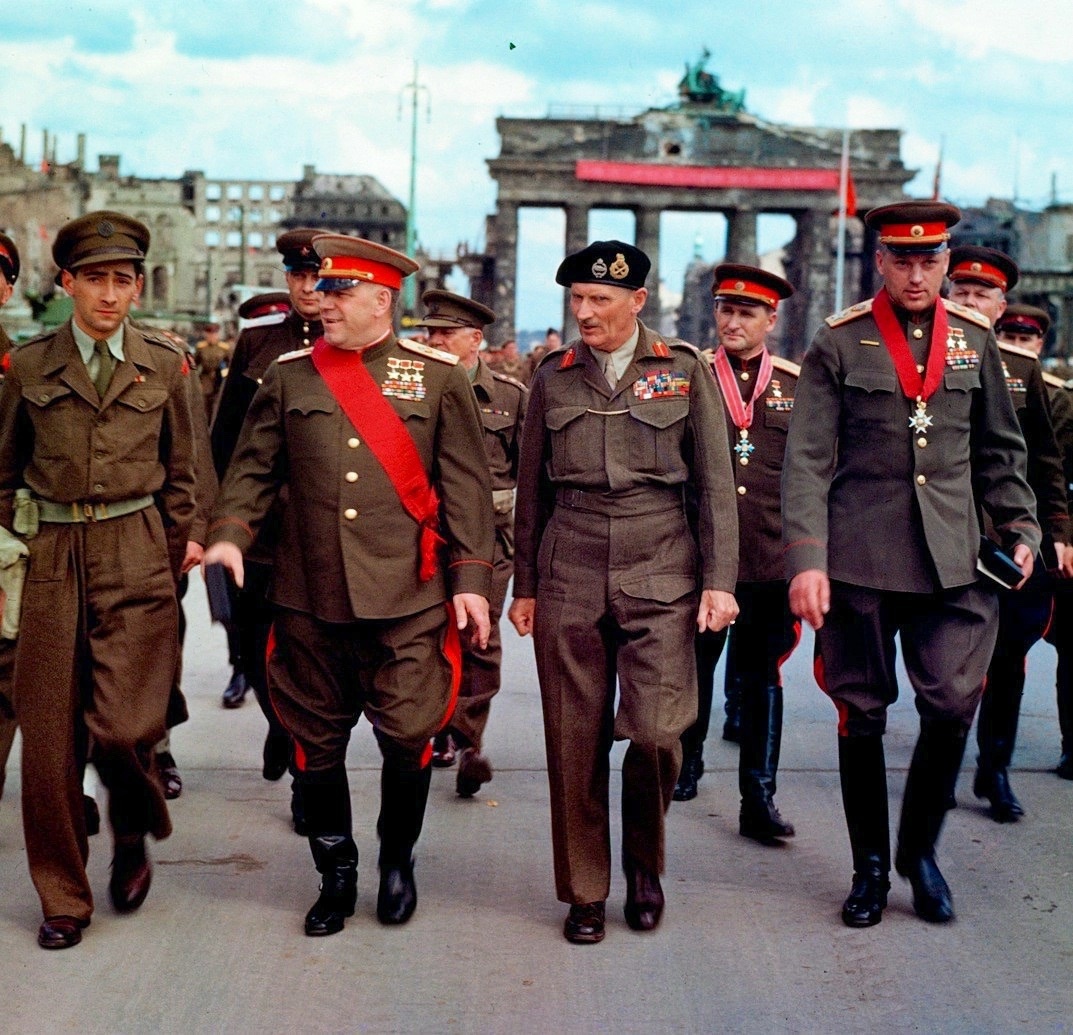
“We freed them, and they will never forgive us for this.”
— Georgy Zhukov
Photo: Georgy Zhukov and Konstantin Rokossovsky in Berlin, July 12, 1945
Next up, are two excellent commentary posts by “The Islander”:
Germany’s Nazi Amnesia: When Baerbock Bans the Liberators
In an act soaked in historical irony and Russophobic revisionism, German FM Annalena Baerbock, a descendant of a Wehrmacht officer (highly decorated and a true believer Nazi) now seeks to ban Russian and Belarusian officials from attending commemorations of Nazi Germany’s defeat. The very nation whose grandparents ignited the deadliest war in human history is now arrogating moral authority to deny those who paid the heaviest price for Europe’s liberation from fascism.
Continue reading


